19 amazing tiger facts
Today is Global Tiger Day and we’re celebrating this amazing big cat. This decade has already been a positive one for tigers. Ten years ago, WWF and governments of 13 countries with wild tiger populations began working hard towards a goal called Tx2 – to double the wild tiger population to 6,400 tigers by 2022, the next Chinese year of the tiger. Since then, for the first time in a century, the number of wild tigers is rising.
To help us celebrate, here is a list of 19 things you may not have known about tigers:
1. Shave a tiger, and it still has stripes as they’re on the skin, not just the fur.
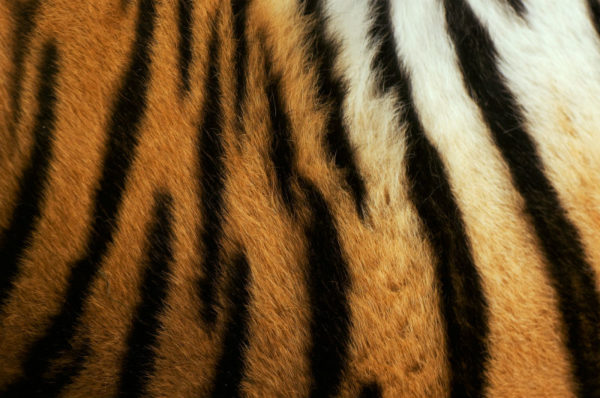
2. A tiger’s night vision is up to six times better than ours.
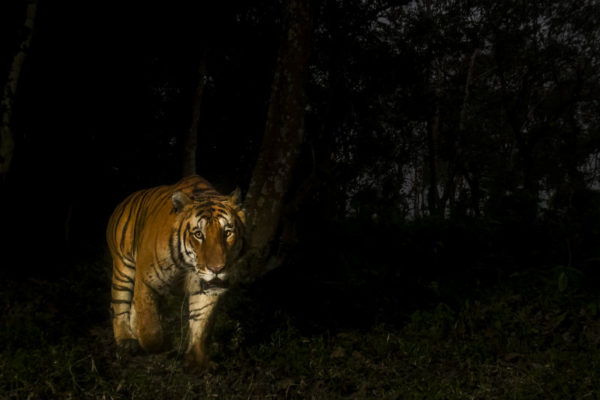
3. A tiger’s hind legs are longer than its front legs, giving them the ability to leap up to 10 metres forward.
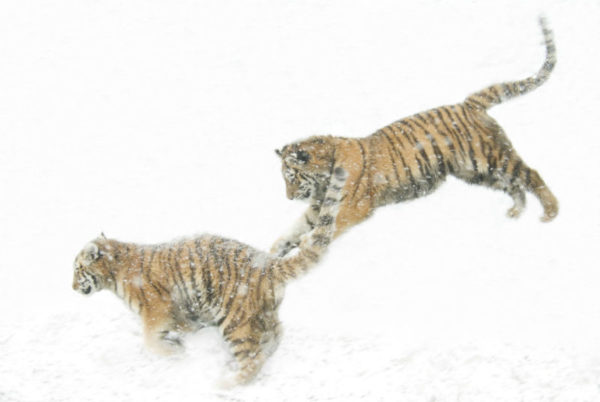
4. A tiger’s canine teeth have pressure-sensing nerves so it knows exactly where to deliver the killing bite to their prey.
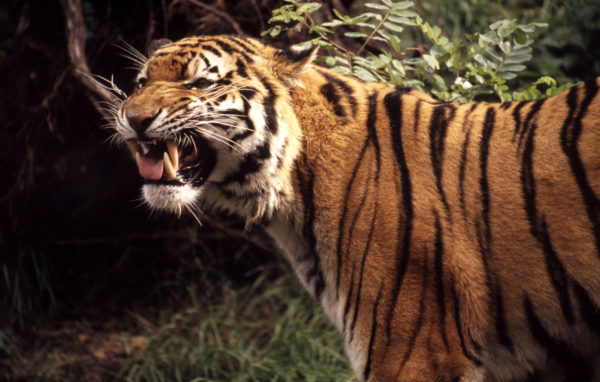
5. When hunting, tigers can reach speeds of up to 65km/h.
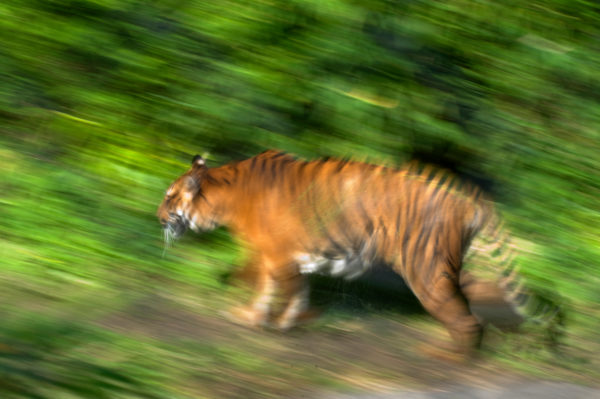
6. Despite their power, strength and patience, only around one in 10 hunts is successful.
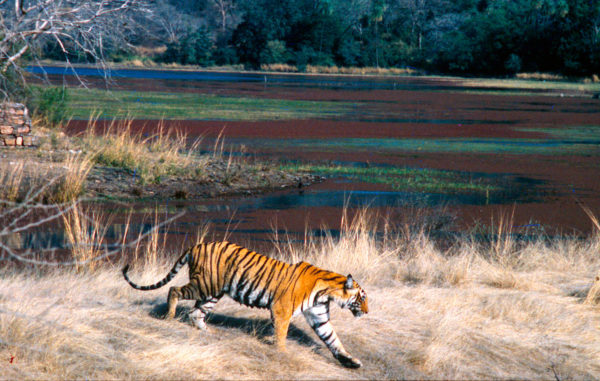
7. Tigers have whiskers in five places: around their nose, above their eyes, on their cheeks, behind their front legs and scattered throughout their fur.
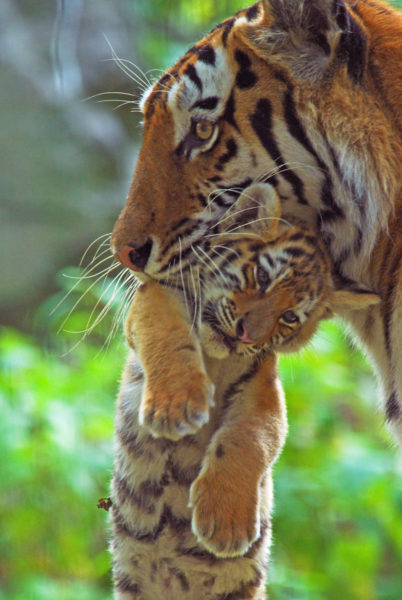
8. Whiskers help tigers navigate in the dark and attack prey.
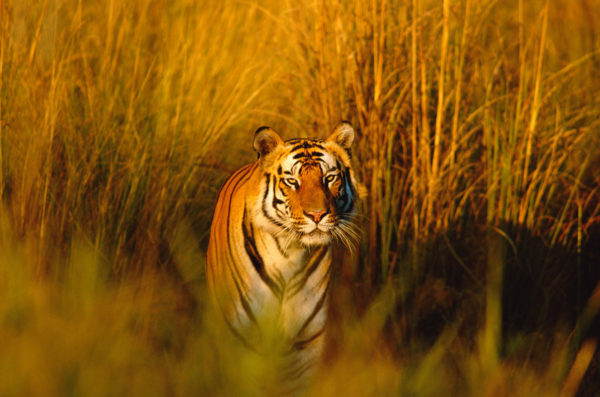
9. A tiger’s tail can be up to one metre long.
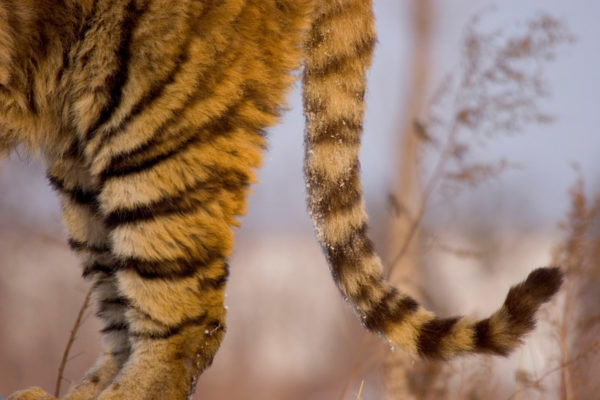
10 and 11. Watch the video below to find two bonus facts.
12. A tiger’s tongue has features that help strip feathers, fur and meat from prey.

13. Tigers are the largest cat species in the world: An adult tiger can weigh up to 300 kg (660 lbs).

14. Tigers have retractable claws – helping to keep them sharp and allowing the tiger to tread silently up to unsuspecting prey.
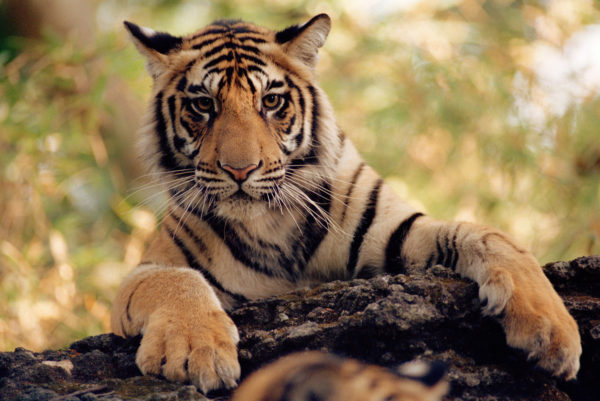
15. A tiger’s hearing is nearly five times better than ours.
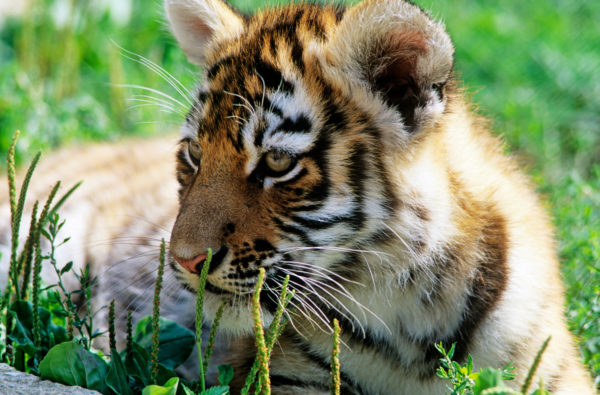
16. Tigers can swivel their ears like a radar dish to focus on sound signals.
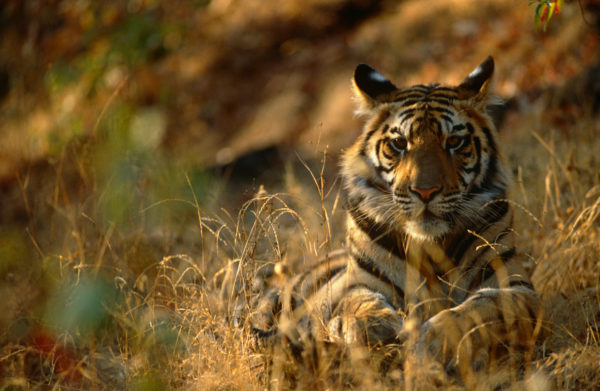
17. Tigers communicate through chemicals called pheromones. A tiger picks up a scent on its upper lip and inhales the pheromones into a pouch-like organ on the roof of its mouth for identification.
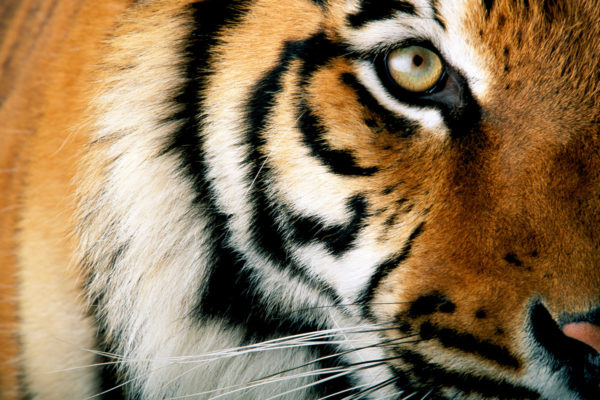
18. A tiger’s roar can be heard as far as three kilometres away.

19. A century ago, tigers were found all throughout Asia. Their range has now been reduced to around seven per cent of its former size.
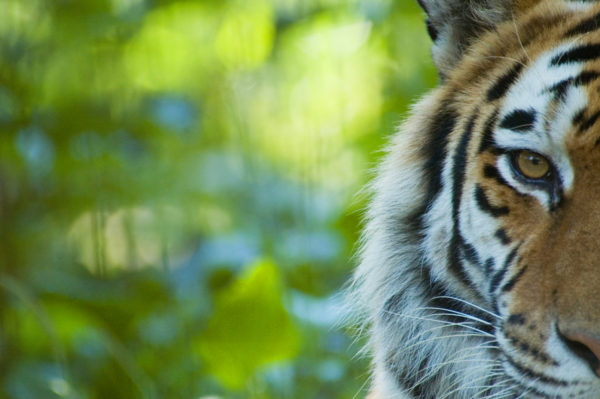
What you can do to help
- Donate now
- Symbolically adopt a tiger
- Help prevent illegal wildlife trade by refusing to buy tiger parts and products prepared from tiger derivatives.

